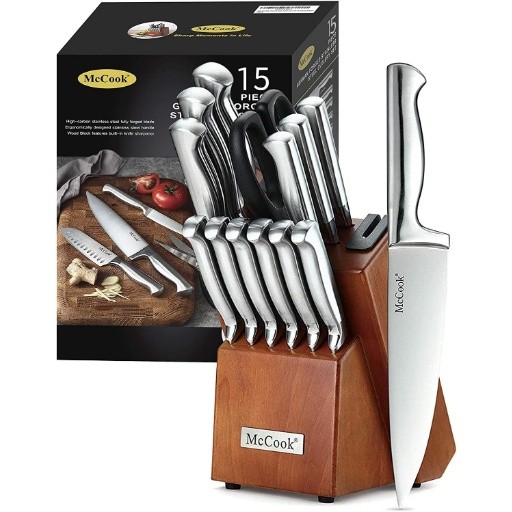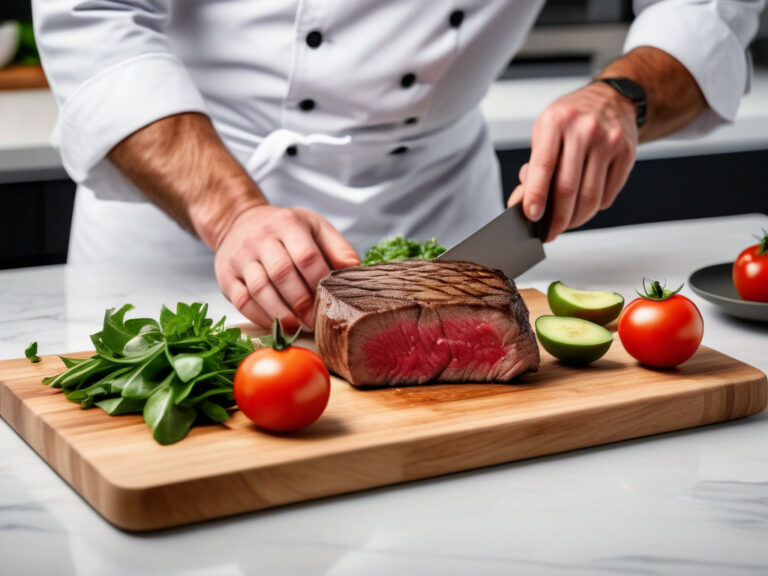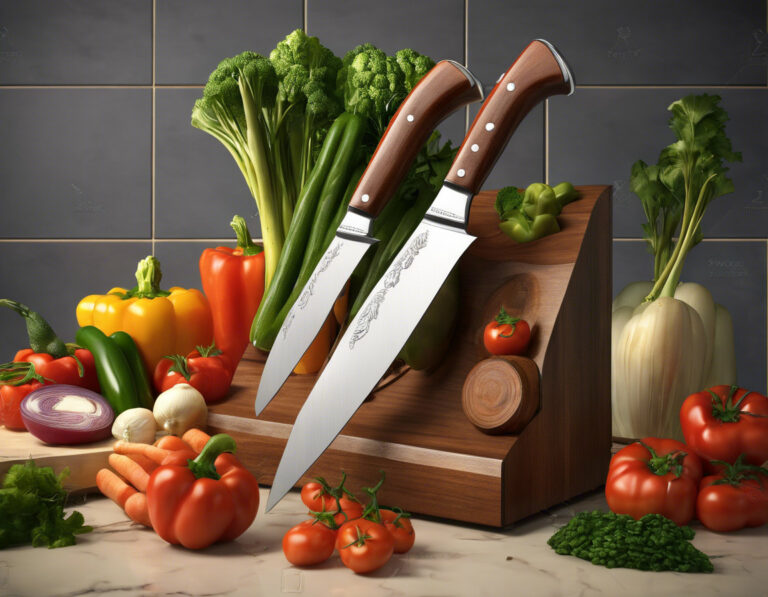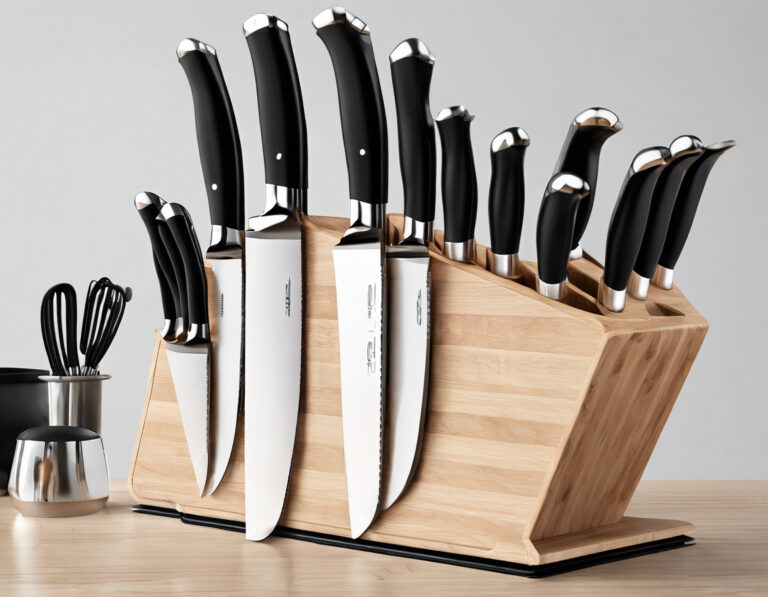Every aspiring or seasoned chef, the housewife, or just the kitchen lover knows that a high-quality chef’s knife is an indispensable tool in the kitchen. The best kitchen knife set is your reliable companion when chopping, slicing, dicing, and mincing, and it will greatly enhance your cooking experience. However, with countless brands and models on the market, selecting the right chef’s kitchen knife can be overwhelming.
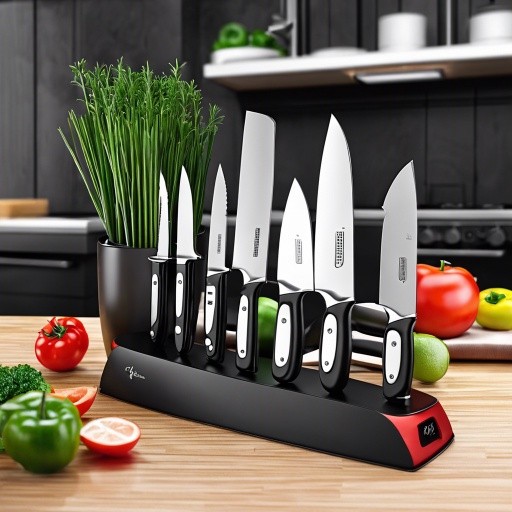
This article will delve into the key factors to consider when choosing the best chef’s knife for your kitchen, including blade material, handle ergonomics, and overall balance for optimal performance. We will also compare and contrast different knife brands and models, cite expert reviews and customer feedback, and share personal recommendations based on culinary experiences. Lastly, we’ll provide essential tips and insights on proper knife maintenance and sharpening techniques to extend the lifespan of your knife.
Ads: Author’s choice
#1 Best Pick
McCook Knife Sets are the perfect addition to your culinary arsenal for cooking; high-quality knives are indispensable. With various knives in each set and a stylish, safe knife block, McCook knife collection sets are the perfect addition to any kitchen.
Knife Selection:
- Blade Material:
The material of the blade plays a crucial role in determining the performance and durability of a chef’s knife. High-quality stainless steel, such as VG-MAX and VG-10, is popular for its excellent corrosion resistance and sturdy construction. These materials also hold an edge well, reducing the frequency of sharpening. On the other hand, carbon steel is known for its superior sharpness and easier honing. Still, it requires extra care to avoid rusting. Consider the maintenance demands of each material and choose accordingly based on your preferences and willingness to perform regular upkeep. - Handle Ergonomics:
A well-designed handle is vital for comfort and control during extended periods of use. The shape, material, and weight of the handle should be considered. Look for a handle that fits comfortably in your hand, allowing for a secure grip. Options like traditional wooden handles provide a classic aesthetic, while synthetic handles offer durability and ensure a hygienic surface. The handle’s weight should also be balanced with the blade to prevent strain and enhance precision. - Overall Balance:
The balance of a chef’s knife refers to how the weight is distributed along the knife, emphasizing achieving a natural pivot point. A well-balanced knife ensures responsive and effortless cutting, reducing fatigue during long culinary sessions. Hold the knife to assess its balance by placing your index finger where the blade meets the handle; a perfectly balanced knife will feel stable and effortless to maneuver. - Knife Brands and Models:
Gather information from expert reviews and customer feedback to compare different knife brands and models. Trusted culinary magazines, websites, and renowned chefs offer insights into various knives’ performance, durability, and overall value. When evaluating different brands, note recurring positive and negative points experts and users mention. It’s important to remember that personal preferences may differ, so consider these reviews as a guide rather than the sole deciding factor. - Personal Recommendations:
Based on personal culinary experiences, one brand may stand out more than others. Test out different knives to determine which knife feels most comfortable in your hand and effortlessly handles various tasks. Remember that the perfect chef’s knife is subjective, so look for models that align with your cooking style and repertoire. - Knife Maintenance and Sharpening:
Proper knife maintenance and sharpening are essential for the longevity and performance of your chef’s knife. Regularly clean and dry the knife after each use, avoid harsh chemicals, and store it in a knife block or magnetic strip to avoid damage. Develop a regular sharpening routine through professional services or DIY methods, such as using a sharpening stone or honing rod. Understanding the appropriate sharpening angles and techniques will prolong the sharpness of the blade and extend its overall lifespan.
FAQs
Conclusion:
Choosing the best chef’s knife for your kitchen entails evaluating the blade material, handle ergonomics, and overall balance. You can ensure your knife meets your expectations by researching various brands, reading expert reviews, and considering personal preferences. Remember to prioritize knife maintenance and proper sharpening techniques to maximize the lifespan of your chosen chef’s knife. Investing in a high-quality chef’s knife will greatly enhance your culinary skills and elevate your cooking experience.
Best Kitchen Knife Set
The best kitchen knife set tested by Food Network kitchen gives this piece knife set a 5-star rating.
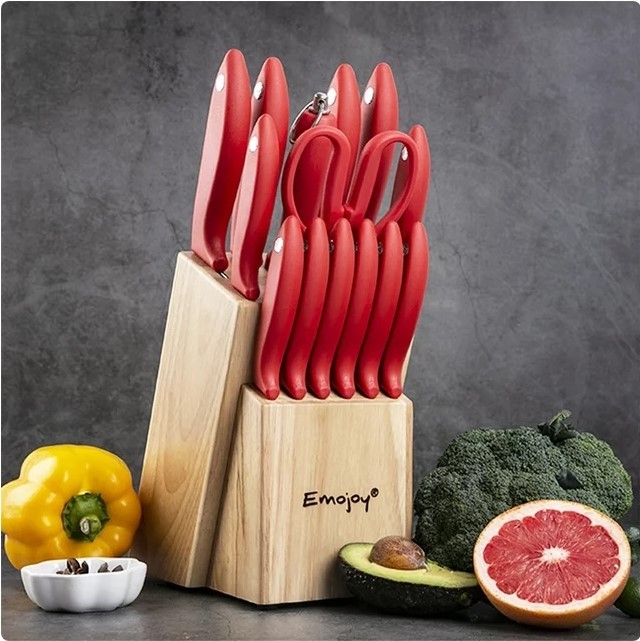
Emojoy 15 Piece Kitchen Knife Set
Emojoy 15-piece kitchen knife set with block wood, chef knife set with sharpener, and high carbon stainless steel knife block set. Enjoy Walmart’s always low prices.
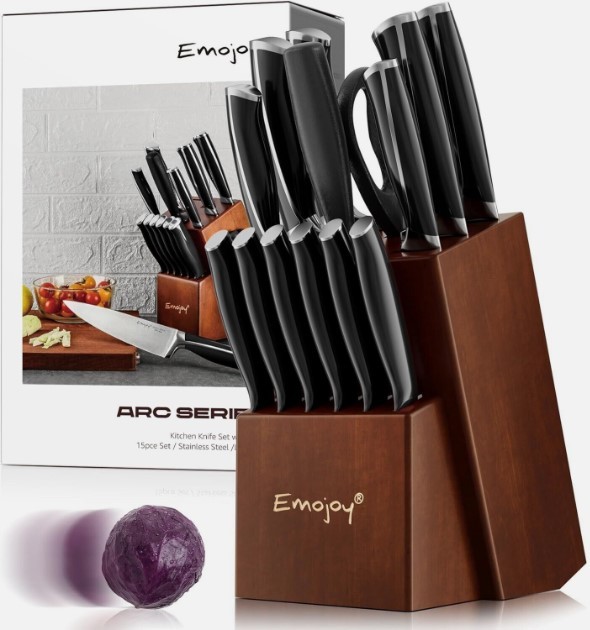
Emojoy 15 Piece Kitchen Knife Set
Emojoy Knife Set: 15-piece Kitchen Knife Set with Block Wooden German Stainless Steel. People are checking this out. Eight watches have added this to their watchlist.
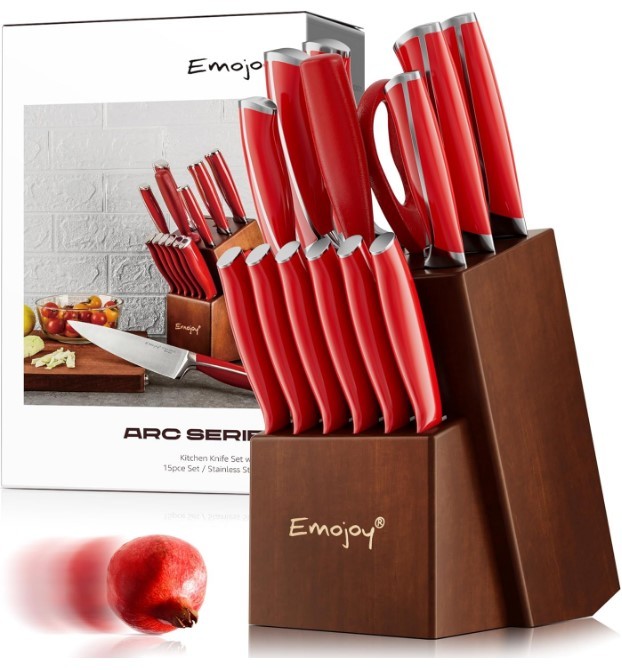
Emojoy 15 Piece Kitchen Knife Set
Knife Set, Emojoy 15 Piece Kitchen Knife Set with Block Wooden, German Stainless Steel Sharp Chef Knife Set with Sharpener, Dishwasher Safe and Rust Proof.







Other top collections
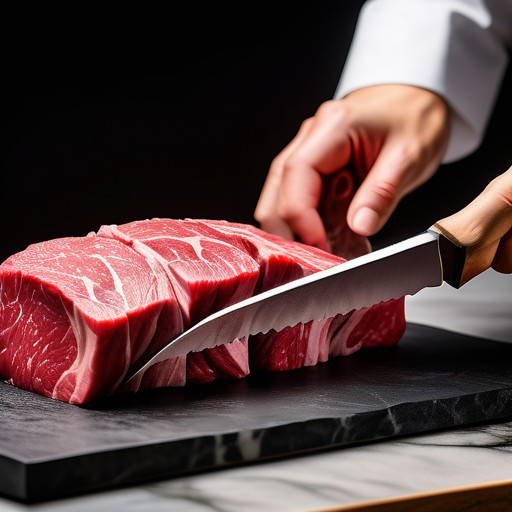
Japanese knife set
The knife is used for various purposes, such as slicing, dicing, and chopping. It is made of high-quality materials and is very sharp. Upgrade your culinary skills with our premium Japanese knife: experience precision, durability, and unmatched performance in every slice.

Steak knife set
The steak knife is a type of knife that is used for cutting steak. It is a sharp, serrated knife that can easily cut through steak. Unlock the secret to perfect steak preparation with our exceptional steak knife. Experience the joy of slicing through tender meat like a pro chef.
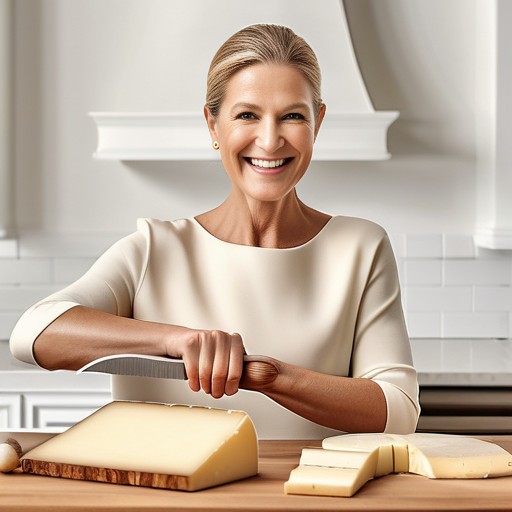
Cheese knife set
A cheese knife is a knife designed specifically for cutting cheese. Cheese knives vary in shape and size depending on the type of cheese they are meant to cut, and they often have serrated blades to make cutting cheese easier. This knife will cut through any cheese.









